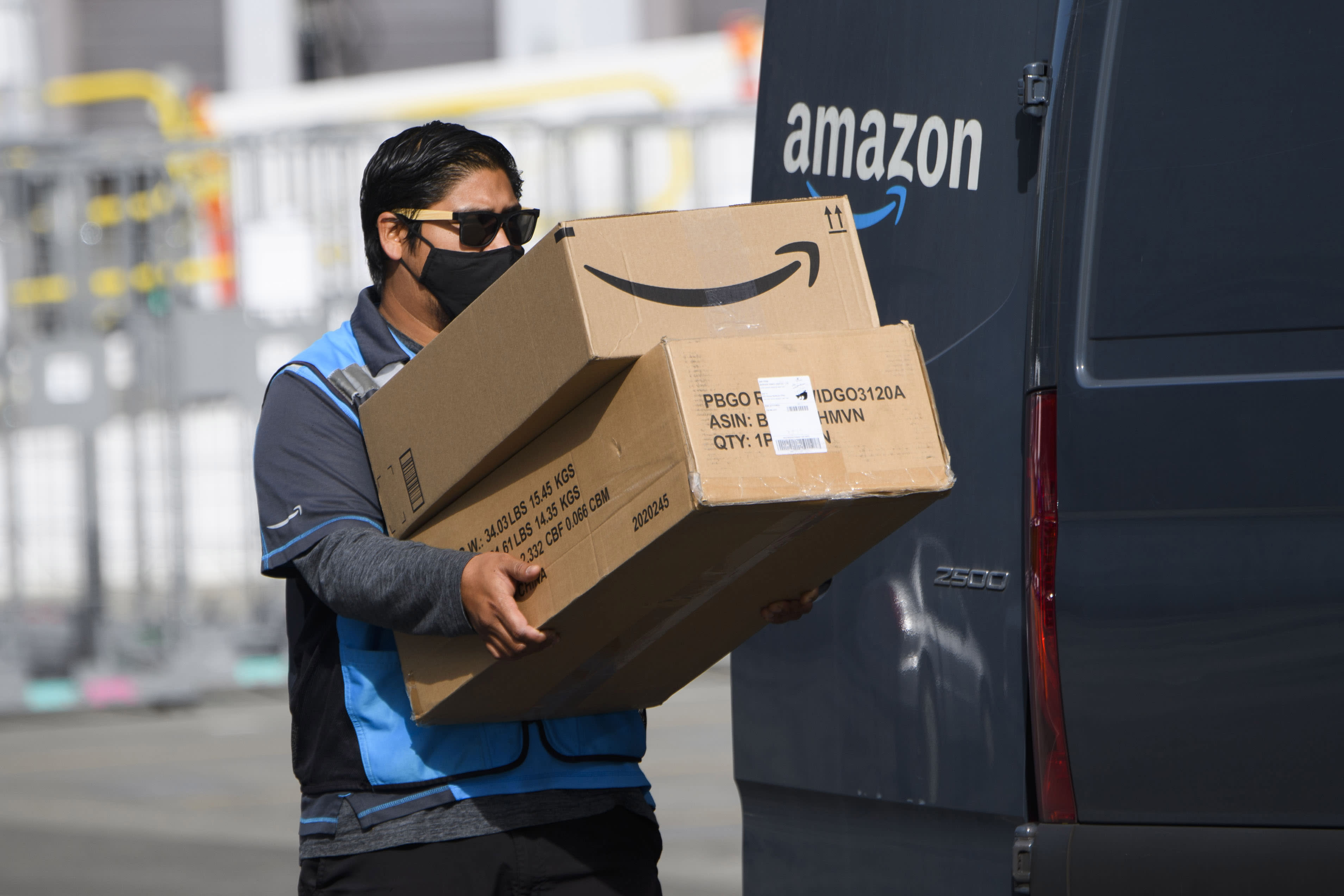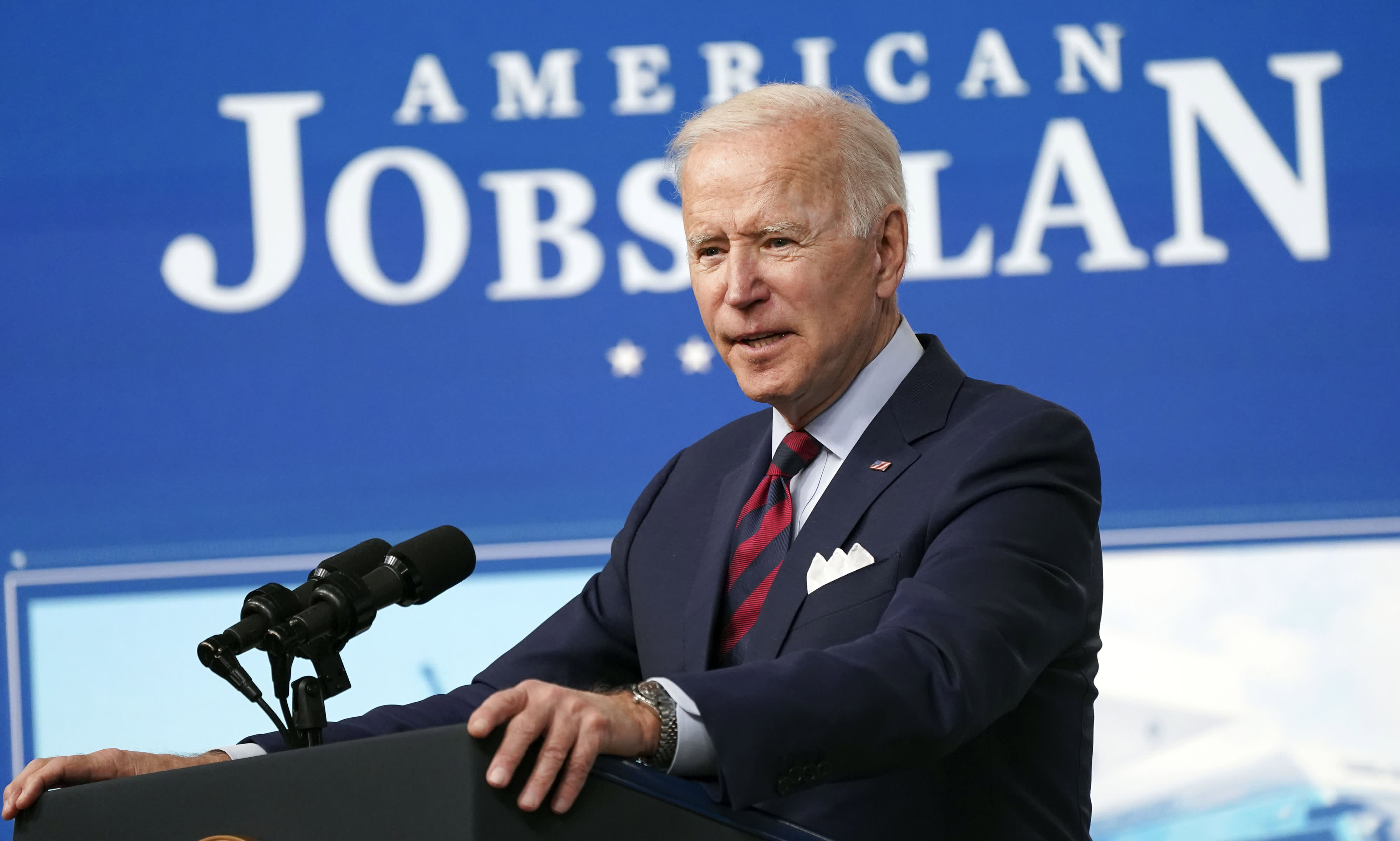| WED, APR 28, 2021 
It's been over a year since the government suspended federal student loan payments and set interest rates at 0%, giving 42 million borrowers a reprieve from one more bill each month.
Most borrowers with federal loans took advantage of the opportunity. The policy has saved them an estimated $4.8 billion a month in interest alone, boosting credit scores for many in the process. Mentally and emotionally, it's saved others untold amounts of stress and anxiety during a financially devastating year.
The pause has occurred at the same time that support for student loan forgiveness has swelled. Activists have been calling for forgiveness — and in some cases, cancellation — for years; and there are some existing forgiveness programs for certain borrowers. But with President Joe Biden saying he's in favor of canceling up to $10,000 in debt and asking the U.S. Department of Education earlier this month if he has the authority to take action without congressional approval, actual, widespread forgiveness may be closer than ever. (CNBC Make It recently asked 500 members of Congress where they stand on the issue; only 66 responded.)
However, there's strong opposition to forgiveness and cancellation. Critics say it's not fair to those who have paid off their debt or didn't take out any to begin with, and that forgiving existing debt does nothing to address the underlying college affordability issue. Others argue that it's akin to a handout for upwardly mobile graduates who don't need help from the government to get even further ahead (for what it's worth, my colleague Abigail Johnson Hess has reported that this last critique is a "misrepresentation" of the issue).
As Washington works out if it will offer forgiveness, the federal payment pause has given some borrowers a taste of what forgiveness could be like. "It's been completely life-changing," one millennial told CNBC about the halt. "I used to feel like I was suffocating under student loan debt."  But the break won't last forever. Right now, the policy runs through Sept. 30, 2021. After that, your debt will be waiting for you. Here's some advice reported by Johnson Hess about what borrowers need to know about that and the talks about cancellation.
Reflect on your budget
Chances are your budget changed during the Covid pandemic, for better or worse. And while some borrowers continued to make payments to put a bigger dent in their principal balance than they would have otherwise, others lost jobs or incurred more debt over the last year.
With your new situation in mind, consider how your budget will change once payments start up again. Ashley Boucher, director of corporate communications at Sallie Mae, recommends asking yourself the following questions:
Rethink your payment plan
An income-driven repayment plan sets each borrower's monthly loan payment at an "affordable" percentage of their discretionary income, generally 10% to 15%. After 20 to 25 years, depending on the loans, the remaining balance is discharged.
This type of plan benefits many borrowers, says Sarah Sattelmeyer, director of Pew's student borrower success project. But it is also known for being extremely burdensome to stay enrolled in. Still, it's an option if your income changed during the pandemic or you were barely keeping up with payments before.
Consider your other options
If the pause ends before you're able to find a job (or you're still working reduced hours), you may be able to request a standard loan forbearance. But remember that outside of special cases like the federal pause over the past year, your interest will continue to accrue.
You also have the option to take an economic hardship deferment. Your payments will be postponed, and interest does not accrue on subsidized federal loans. But if you are aiming for student loan forgiveness, a deferment will put you off track.
 Trending Articles from Make It
| |||||||||||||||||||||||||||||||||||||||||||||









